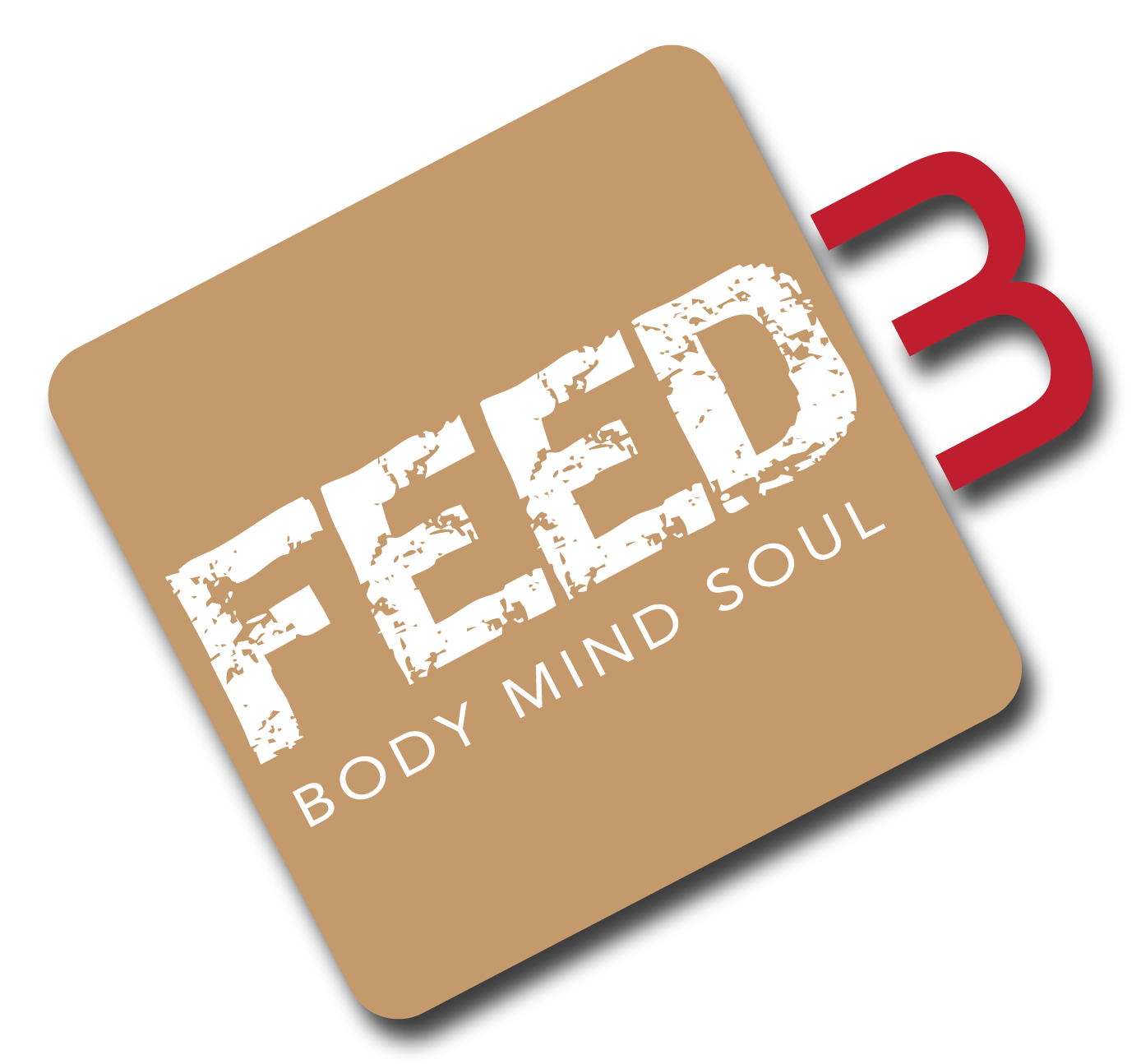
Low-income children and their families are at greater risk for hunger and obesity and have limited access to healthy food choices.
THE NEED…
-
According to the U.S. Census, Texas is the 2nd hungriest state in the union, and 1st in terms of child hunger (Sources: USDA, Current Population Survey)
-
Over the last three years, an average of 16.3% of Texas households, including more than 1.47 children—or one in five—faced hunger (Sources: USDA, Food Research & Action Center)
-
In Dallas county 64%, or over 300,000 children, enrolled in public school are at 185% or below the poverty level, making them eligible for free and/or reduced price meals. In the Dallas Independent School District that number jumps to over 84%. (Sources: Texas Education Agency)
-
Nearly 66% of all Texas adults are overweight or obese. (Source: Centers for Disease Control)
-
In Texas, 42 percent of fourth-graders, 39 percent of eighth-graders and 36 percent of eleventh-graders were overweight or at-risk for overweight. (Source: UT School of Public Health, Houston)
THE LANDSCAPE…
The Hunger and Obesity Paradox. For many households, the lack of money can contribute to both hunger and obesity. This apparent paradox is driven in part by the economics of buying food.
-
Stretching Food Dollars: Research indicates that the quality or variety of food consumed is often compromised before the quantity of food eaten.
-
Food Availability: Lower income neighborhoods lack access to healthier foods. The five zip codes in Dallas County with the lowest disposable income also had the least number of major chain grocery stores.
-
Overeating: Recent research has shown that food deprivation in humans and food restriction in children produces a tendency toward binge eating behaviors. When food is available, individuals in food insecure households may overeat, increasing energy intake and overall weight gain.
-
Physiological changes: Physiological changes can occur in the body as a result of periods of hunger and consumption of foods low in nutritional value. The body begins to compensate for periodic food and nutrition shortages by becoming more efficient at storing more calories as fat.
-
Less Opportunities for Physical Activity: Low income neighborhoods have few safe or attractive places to play. Open space—parks, sidewalks, gardens and fields are at a minimum and recreational facilities are inadequate.
Over 150 billion dollars annually is spent on treating hunger-related and obesity-related illnesses and over half of that is financed by government sponsored health plans, Medicare and Medicaid. Obesity related deaths are second only to tobacco-use related deaths, with over 300,000 occurring annually.
THE OPPORTUNITY…
-
The Greater Dallas Justice Revival is in partnership with Central Dallas Ministries (CDM) Nurture Knowledge & Nutrition already has successful relationships with 50 after school programs and over 140 summer programs to provide free, nutritious meals to low-income children.
-
CDM summer program will reach 10,000 children this summer. In 2009, CDM gave over 350,000 meals/snacks, the largest non-school provider in Dallas County.
-
The Greater Dallas Justice Revival has partnered with the Texas Hunger Project to end hunger in our area by 2015.
Click here to get involved in the homeless initiative.
Please click here to go to The Challenge facing our school district.
Please click here to go to The Challenge facing homelessness.
Please click here to meet our staff.